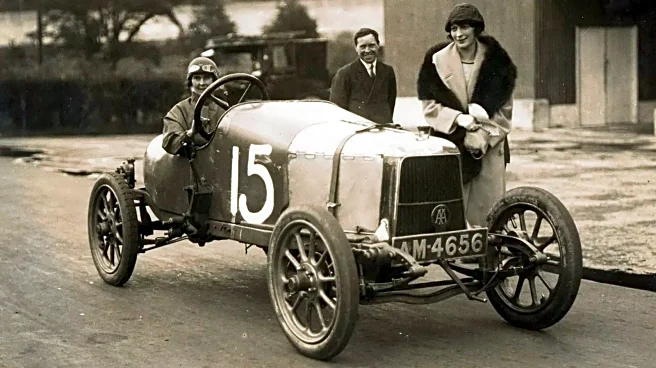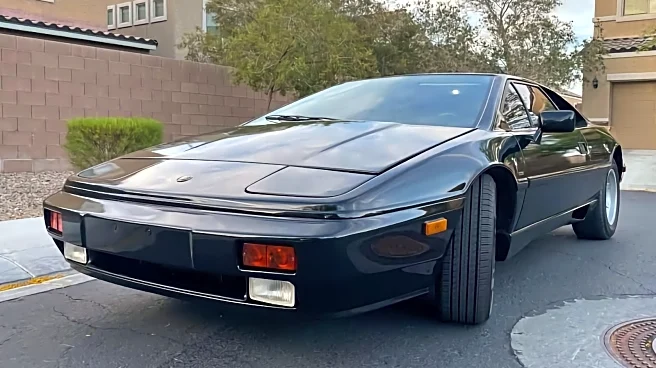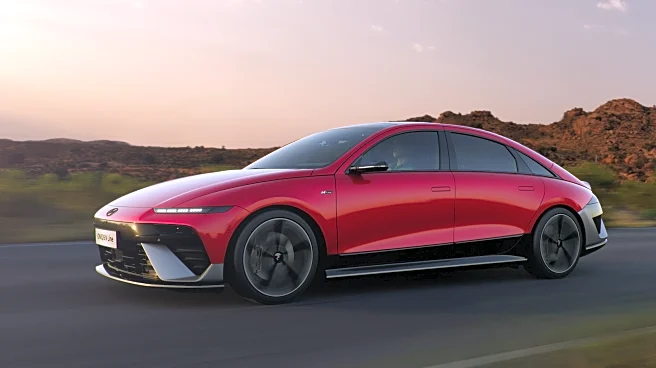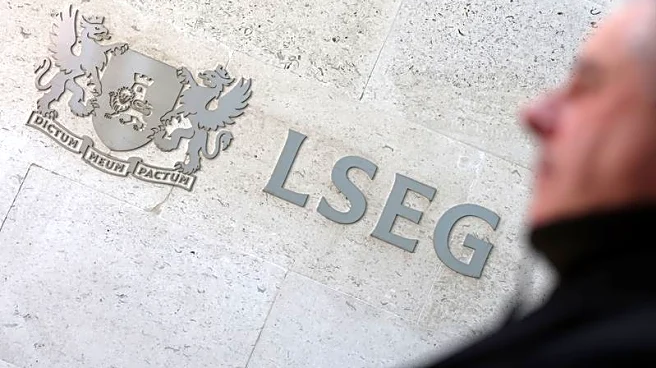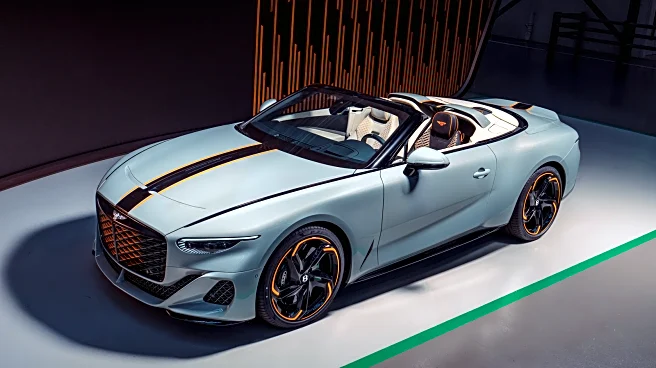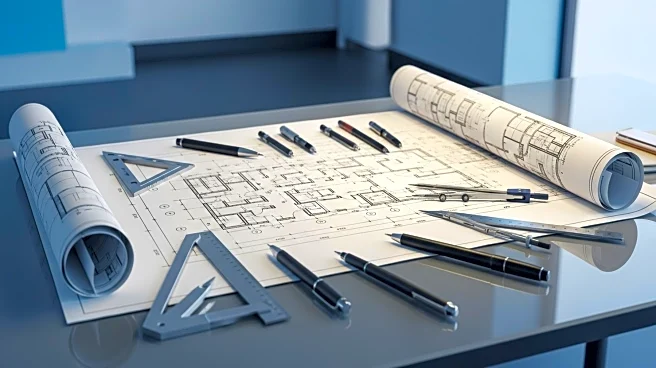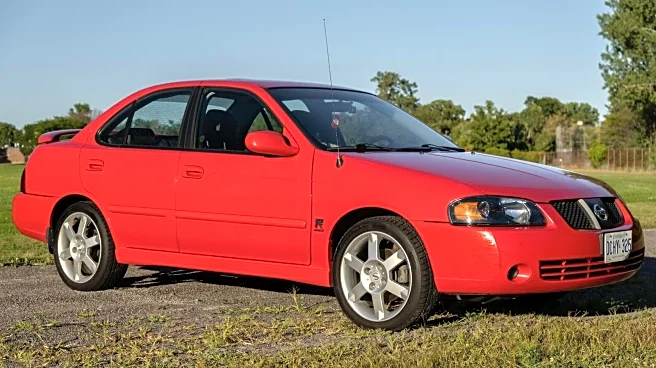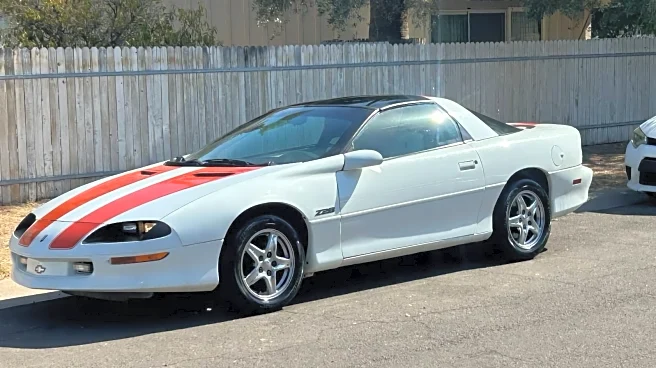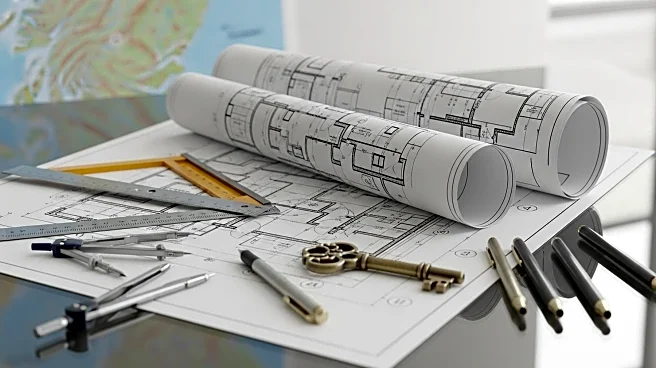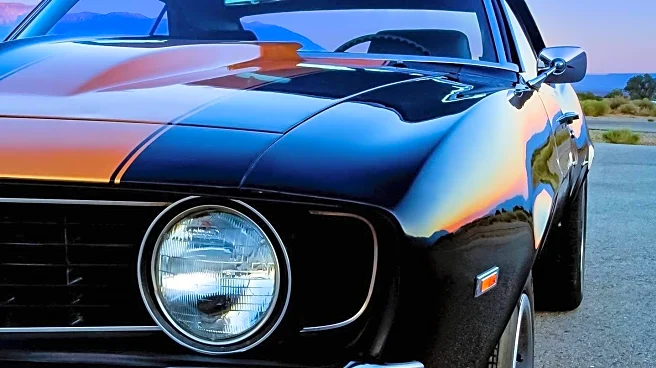
Do you own the very first Aston Martin? Well, it was worth asking. You see, Aston Martin would very much like to get its first car back, please and thank you, and put it in the Aston Martin Heritage Trust's collection.
It's called Coal Scuttle due to its resemblance to one. Now, if you weren't born during the Victorian era, a coal scuttle is a metal basket meant to hold coal or logs for a fireplace. Considering that the car has been missing since 1924, it might very well have been converted into one in the last
hundred years. 1924 is also the year when it sold at auction for £50, or about $220, according to historic exchange rates. That's a bit less than $4,200 today. Don't worry — even though Aston Martin is going through tariff woes, the company can probably afford a significant finder's fee.
The car was the brainchild of Lionel Martin and Robert Bamford, the founders of Aston Martin. In 1913, the two were selling Singer sports cars. After racing Singers, the pair thought up some design improvements and made their own sports car. As for a moniker, combining Lionel Martin's last name and the Aston Clinton Hillclimb, where his Singer had placed well, yielded "Aston Martin."
Coal Scuttle was completed in 1914, featuring a custom chassis (assigned the designation "A1") with a 1.4-liter four-cylinder that was apparently powerful enough for 70 mph. It was supposed to take on Bugatti, but 1914 was a busy year thanks to World War I. Martin and Bamford did manage to register the car in 1915, and once the world war was over, the car's war on the racetrack began.
Read more: These Cars Have The Best Wings Ever
Coal Scuttle Establishes Aston Martin

Coal Scuttle's first race was the London-to-Edinburgh trial in 1918. An endurance event that lasted for around 800 miles, it was a well-known challenge with renown and history even then. Rolls-Royce was not shy about bragging on the Silver Ghost that had dominated the race in 1911, and even created a "London-to-Edinburgh" edition of the car to celebrate its success. But 1918 was Aston Martin's year, as Coal Scuttle took gold. It also competed at Brooklands in 1920, the same year and track where Violette Cordery became the first woman to set an official Brooklands speed record.
After Coal Scuttle's success, Aston Martin built several more cars, including TT1 and TT2 for the 1922 Isle of Man TT (Tourist Trophy) race, as well as several more cars carrying "A" chassis designations. The oldest surviving Aston Martin (assuming Coal Scuttle met its demise) is A3, which currently resides in the Heritage Trust's collection. A3 survived by the skin of its teeth over the last hundred years, as evidenced by its condition when it popped up at an auction in 2001. It was apparently constantly modified throughout the years, and required a full restoration by Aston's in-house specialist, Ecurie Bertelli. Aston Martin honored this car with a centennial special edition Vantage Roadster in 2021, featuring touches like brass rotary dials and bronze brake calipers.
If it seems unbelievable that significant cars can disappear, remember that for a long time, old cars were just old cars. Duesenbergs were converted to work trucks and Lola race cars were purchased for use in the movie "THX 1138" because they were cheap and looked futuristic-ish.
What Is Lost Can Be Found

"Lost" items do turn up from time to time. Fritz Lang's groundbreaking 1927 silent film "Metropolis" was an inspiration to generations of sci-fi filmmakers (C-3PO from "Star Wars" is pretty much a recreation of the Maria robot). The complete movie was presumed lost for 80 years until a print turned up in Argentina in 2008. Heck, if Ram's missing "Bucking Hemi" ride can be found, why not Coal Scuttle?
Last year, the Heritage Trust wrote on X, "Ahead of the Aston Martin Heritage Festival on 31st August, we are calling for car enthusiasts worldwide to check their garages, outhouses, barns and stores for any potential traces of the missing car." A shame it hasn't turned up since. Steve Waddingham, historian for Aston Martin, told Top Gear last year, "What I'm hoping will happen is someone will contact us and say, 'I've got this funny old car, and I'm not sure what it is', and we'll go round and realise that it's an old Morris or a Model T or whatever. But one day, if the romantic cliché comes true and enough of those calls are answered, that rusty thing down at the auction with bits of tree growing out of it could just be coal scuttle."
So do you have an old-looking car in the backyard with a circular logo featuring the letter A superimposed over the letter M? Or maybe one with a big number "15" painted on the side? Contact the Aston Martin Heritage Trust. You could make some historians quite happy.
Want more like this? Join the Jalopnik newsletter to get the latest auto news sent straight to your inbox...
Read the original article on Jalopnik.
